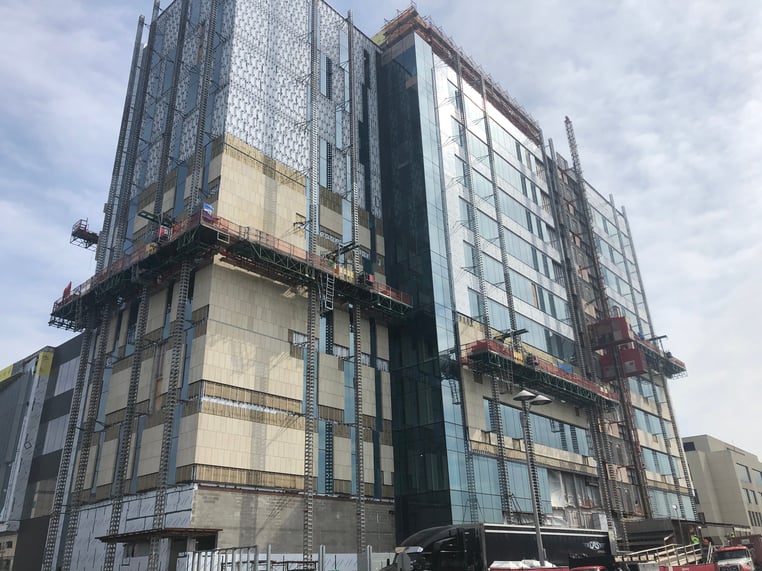Lessons Learned from Masonry Rainscreen Wall Installations
Tuesday, May 7, 2024 | 12-1 p.m. Eastern Time
1 LU/HSW

Learning Objectives:
- Recognize design and construction tolerance considerations for different types of back-up walls.
- Understand design and construction strategies to safeguard occupant health integrating water, air, and thermal control layers.
- Learn various cladding attachment design, construction options and variables to improve building performance.
- Review various rainscreen wall assembly and interface details and their impact on construction sequencing, performance, and material usage.
About the Speaker
jeff diqui
director of industry development and technical services, IMI
.jpg?width=300&height=300&name=Jeff%20Diqui%20(2).jpg) Jeff holds a Bachelor of Science degree in architectural engineering with a major in structural engineering from Milwaukee School of Engineering University.
Jeff holds a Bachelor of Science degree in architectural engineering with a major in structural engineering from Milwaukee School of Engineering University.
He has experience in the design and construction industry dating back to the early ‘90’s of which has been focused on the building enclosure, including assessment and investigations related to moisture intrusion and structural-related issues, building condition assessments, repair/rehabilitation designs, and construction observations. Jeff has been a frequent lecturer nationally to architects, engineers, specifiers, building enclosure consultants, contractors, code officials and university students on subject matter pertaining to the importance of maintaining continuity of water, air, vapor and thermal controls of the enclosure and the ever-important interface detail. Previously, Jeff held a position where he had involvement with international projects in regions including Europe, Asia, Middle East, Africa, and Central-South America that exposed him to different design and construction practices.
Jeff remains active in the building science community through involvement in various technical committees and organizations and is a regular attendee or speaker at conferences and symposiums.
